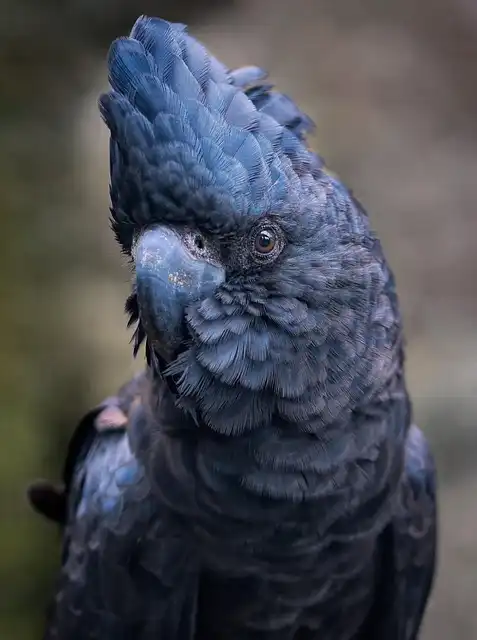
Cockatoos, Science & Innovation: City Birds Using Drinking Fountains
Cockatoos in Sydney have learned to use drinking fountains, a behavior that may be a local social tradition. Science News supports climate journalism and environmental literacy.

Cockatoos in Sydney have learned to use drinking fountains, a behavior that may be a local social tradition. Science News supports climate journalism and environmental literacy.
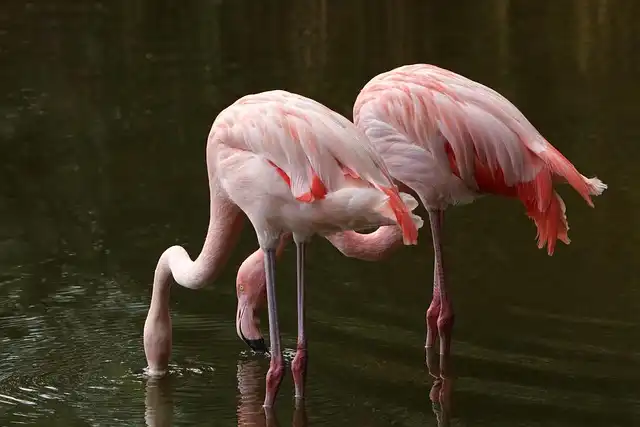
Flamingos use whirlpool-stirring feet and tornado-generating beaks to create shrimp-swirling feeding zones. Research reveals mechanics & inspires water filtration advancements and waste buildup prevention.

Discover the unique needs & history of Peruvian Hairless Dogs. Learn about adoption, care, hypoallergenic qualities, health, and exercise. These ancient & loyal companions make rewarding pets.
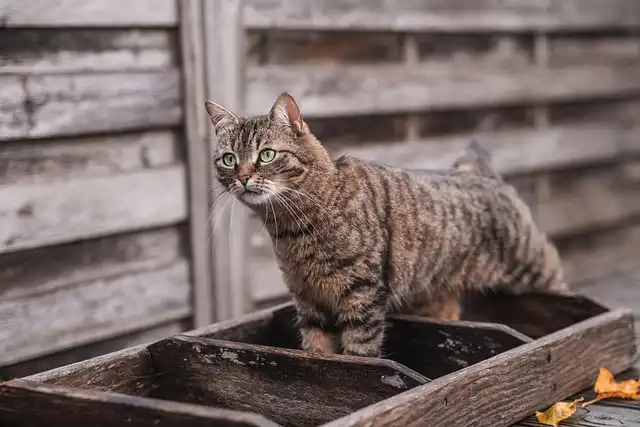
Explore affordable cat litter options, balancing cost with odor control, clumping, and dust reduction. Find the best litter for multi-cat homes and kittens. Best choices by material, phase.
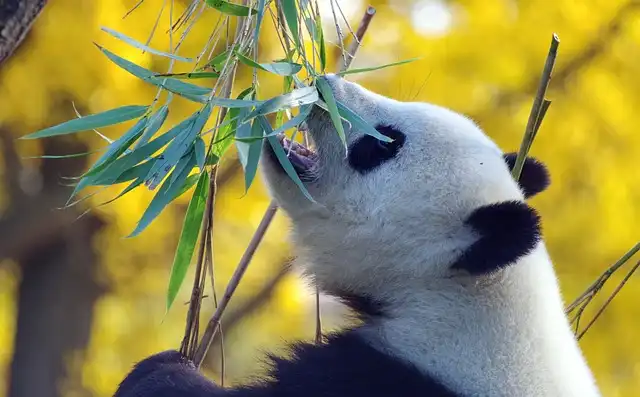
Explore endangered species through "The Photo Ark" and "Armando and the Amazing Animal Race." Inspiring stories of conservation, family, and global awareness. Books leading in Amazon's 'Pet Rights'.
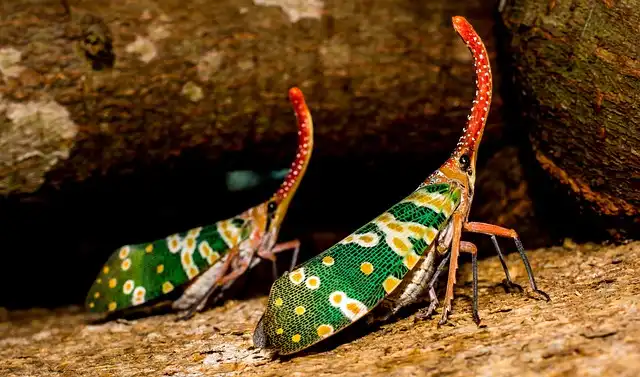
Two 47.2-million-year-old singing cicada fossils discovered in Germany push back the timeline of cicada song evolution and provide insights into insect communication. Fossil is Eoplatypleura messelensis.
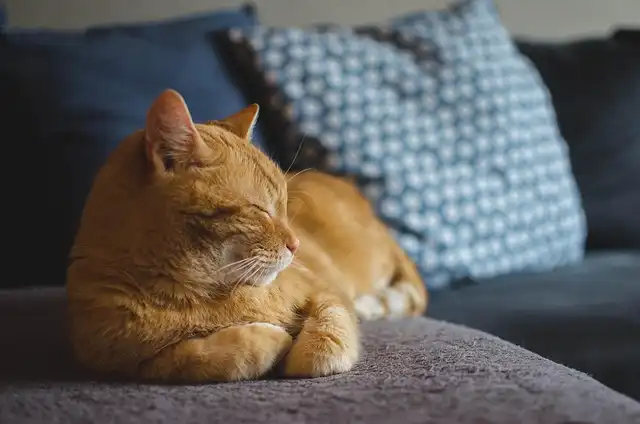
Discover the benefits of prebiotics for cats, including improved digestion, immunity, and gut health. Learn how prebiotics support beneficial bacteria and enhance overall well-being.
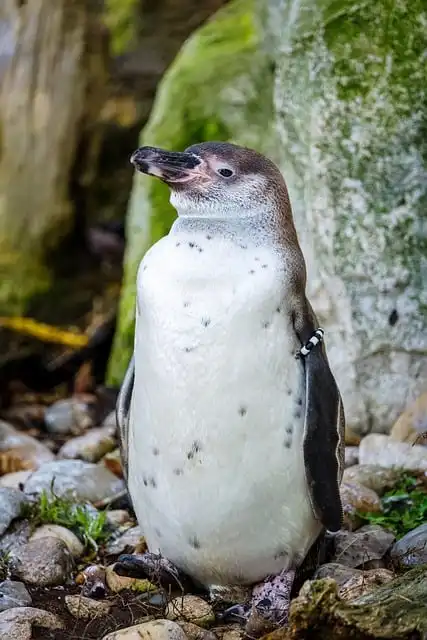
Penguin guano in Antarctica releases ammonia, which combines with sulfuric acid to form cloud condensation nuclei, potentially cooling the planet by reflecting sunlight. Emissions persist even after penguin migration.
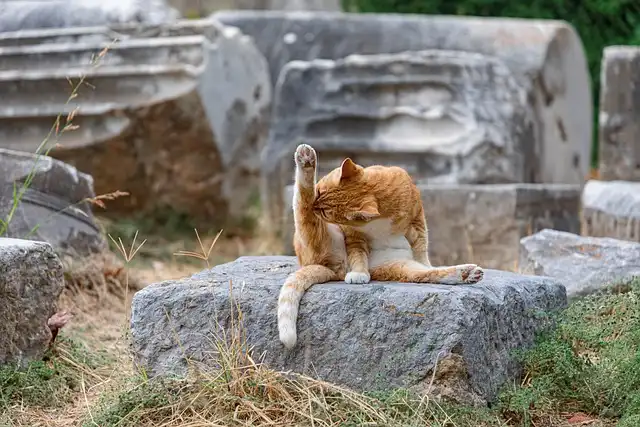
A comprehensive review of the PetSafe ScoopFree SmartSpin automated cat litter box. Explores features, pros, cons, odor control, ease of cleaning, and cat acceptance. Suitable for multi-cat homes?
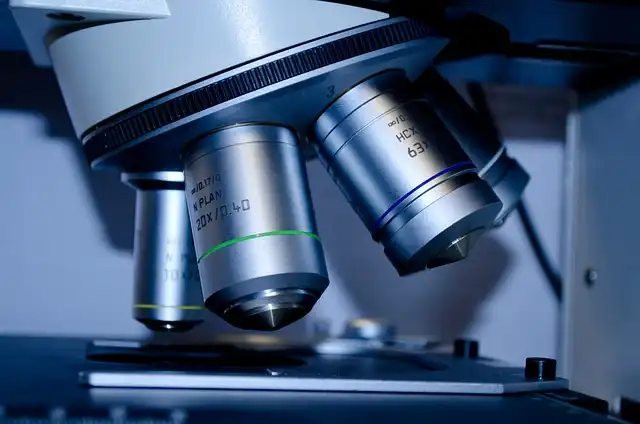
Basic research, though seemingly impractical, leads to breakthroughs. Examples include urine stream research aiding prostate diagnosis and glowing jellyfish proteins revolutionizing medicine.
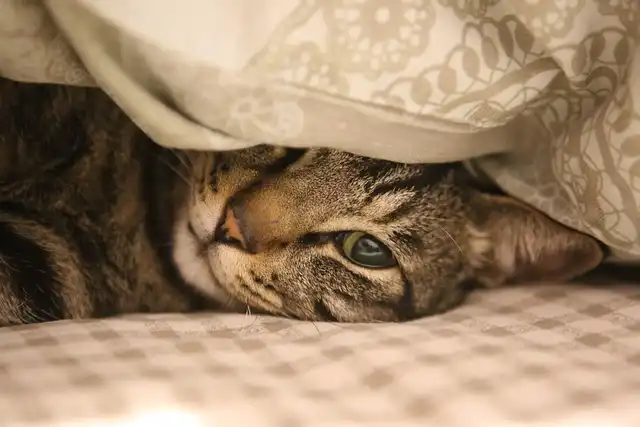
Burning candles and owning cats can coexist safely! Learn about potential dangers (toxic fumes, essential oils) and preventative measures to protect your feline friend from harm. Prioritize ventilation and safe wax types.
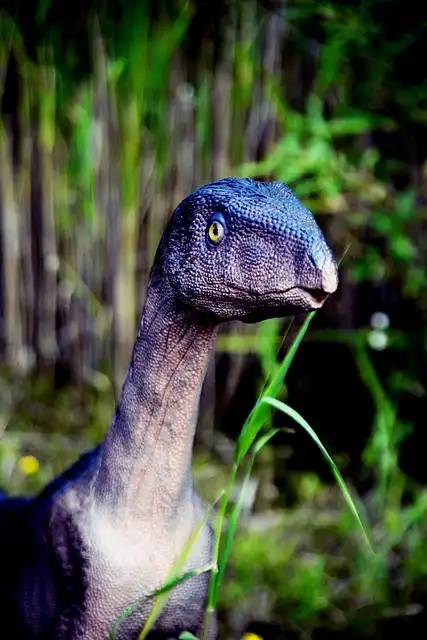
A newly discovered, remarkably complete Archaeopteryx fossil reveals scaled feet and tertials, providing clues about early bird flight and evolution. This find enhances our understanding of avian development.